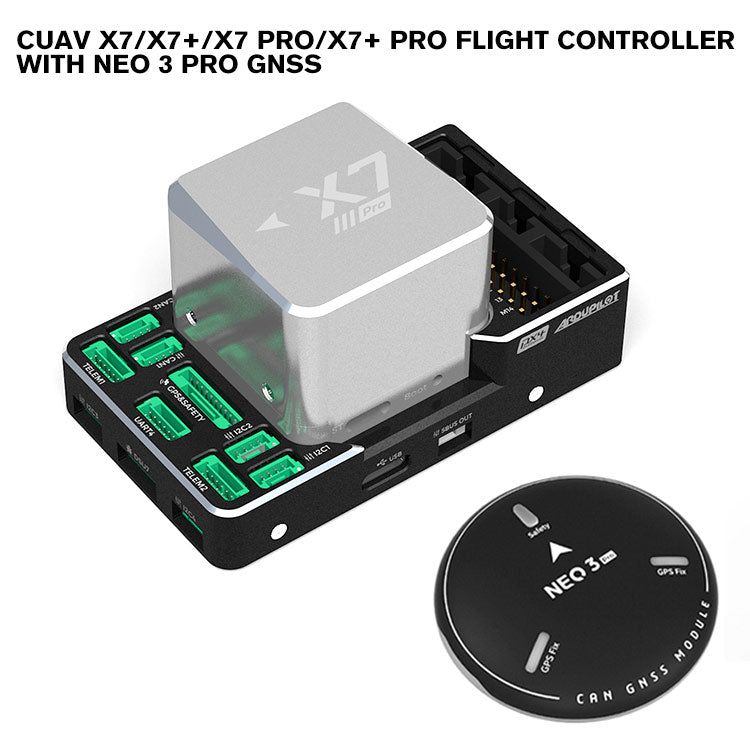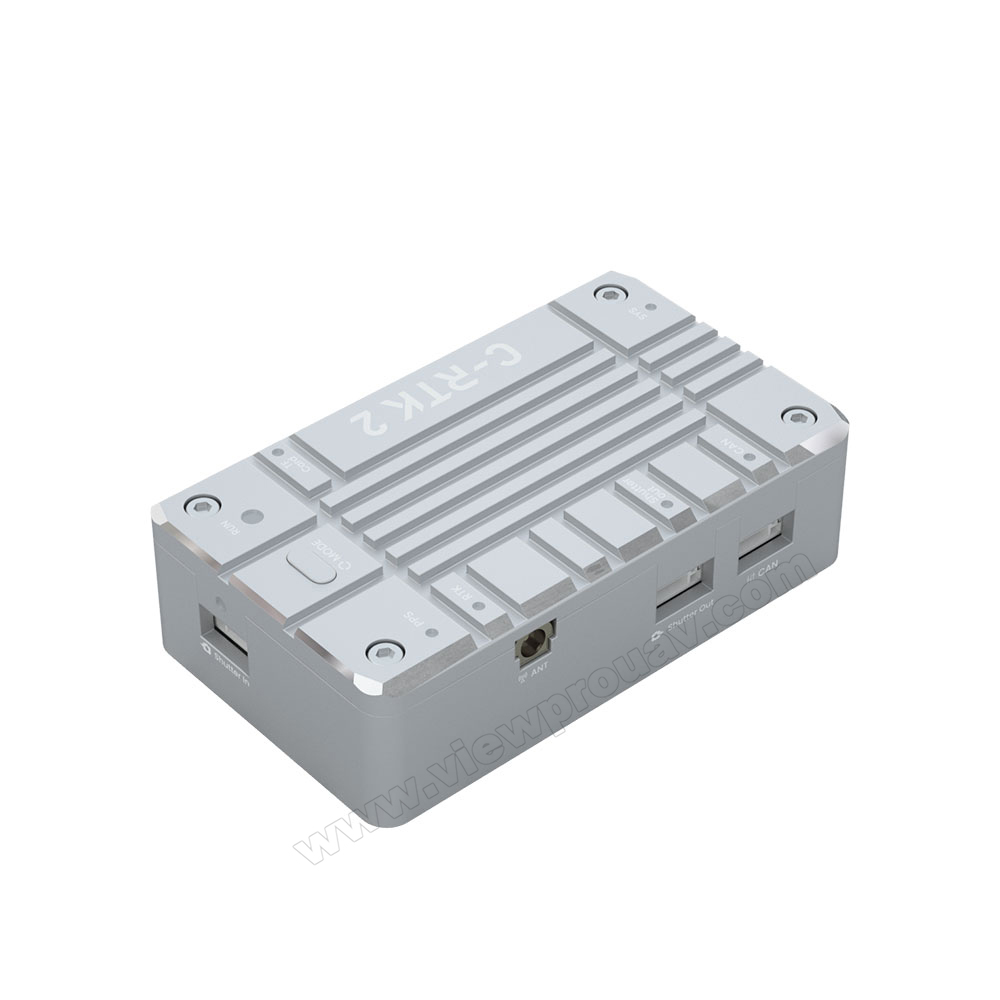The Significance of Drone Flight Controllers in Modern Aerial Modern Technology: Key Parts and Their Influence
In the world of modern-day aerial innovation, drone flight controllers offer as the crucial systems that coordinate a drone's efficiency and abilities. As industries increasingly count on drones for applications varying from farming to monitoring, the evolving technology within trip controllers increases vital questions concerning their future influence and prospective advancements.

Summary of Drone Flight Controllers
In the realm of aerial innovation, drone flight controllers serve as the vital brain of unmanned aerial cars (UAVs), allowing accurate maneuverability and security during trip. These sophisticated systems integrate sensing unit data, processing formulas, and control inputs, permitting drones to implement intricate trip patterns with precision.
Drone flight controllers utilize various sensing units, such as gyroscopes, accelerometers, and GPS components, to examine the UAV's positioning and position in real-time. This information is essential for keeping equilibrium and making certain risk-free operation in diverse ecological problems. The controllers process this information to make instantaneous changes to the drone's electric motors, enabling smooth transitions and receptive handling.
In addition, flight controllers are geared up with innovative software program that sustains features such as waypoint navigation, obstacle evasion, and autonomous trip capacities. This software program is vital for both recreational and commercial applications, where reliability and accuracy are paramount. As drone innovation proceeds to development, the evolution of flight controllers will play an essential function in enhancing UAV functionality, versatility, and safety, inevitably increasing their applications across numerous sectors.
Key Elements Explained
Recognizing the essential elements of drone trip controllers is vital for understanding how these systems operate effectively. At the heart of a flight controller is the microcontroller, which functions as the brain, processing data from different sensing units and executing commands. Essential sensing units consist of accelerometers and gyroscopes, which measure the drone's alignment and motion, providing critical responses for stabilization.
One more secret element is the measure, which evaluates altitude by measuring atmospheric stress, while GPS modules supply positional information, making it possible for self-governing navigating - SparkNavi drone flight controller and GNSS/INS made in taiwan. The flight controller additionally interfaces with Electronic Rate Controllers (ESCs), which manage the rate of the drone's motors based on the controller's commands
Interaction components, such as radio receivers, assist in remote control input, enabling operators to send commands in real-time. Furthermore, some trip controllers incorporate software program that can deal with complicated algorithms for waypoint navigating, trip planning, and telemetry information analysis.
Function in Flight Security
Central to maintaining trip stability, drone trip controllers make use of advanced algorithms to refine sensing unit information and make real-time modifications. These controllers are equipped with a variety of sensing units, including measures, accelerometers, and gyroscopes, which constantly keep track of the drone's rate, orientation, and altitude. By translating this data, the flight controller can recognize deviations from the preferred trip course and respond promptly to keep security.
For circumstances, if a drone experiences an unforeseen gust of wind, the flight controller can rapidly change the electric motor rates to combat the disruption, making certain a stable trip trajectory. This capacity is vital not just for hands-on flight operations however additionally for performing intricate maneuvers and preserving smooth trip in numerous ecological problems.
.jpg)
Moreover, the innovative formulas made use of in trip controllers, such as PID (Proportional-Integral-Derivative) control, permit fine-tuning of the drone's response to adjustments in trip problems. By maximizing these control parameters, flight controllers can improve security, improve responsiveness, and decrease pilot work. Ultimately, the role of flight controllers in ensuring trip security is essential for the safe and efficient operation of contemporary drones across diverse applications.
Effect On Autonomous Workflow

Independent operations are specifically important in diverse applications such as delivery, security, and agriculture services. With improved trip controllers, drones can autonomously browse fixed routes, efficiently collect data, and adjust to dynamic settings. This capability reduces the demand for continuous human oversight, consequently enhancing functional effectiveness and safety and security.
Furthermore, the application of machine discovering strategies within trip controllers allows drones to enhance their efficiency over time by picking up from previous missions. This versatility leads the method for much more innovative autonomous applications, such as swarm technology, where multiple drones coordinate their activities to attain an usual goal.
Future Trends in Flight Controllers
Developments in trip controller innovation are poised to transform drone capabilities in the coming years. One considerable fad is the combination of synthetic intelligence (AI) and equipment knowing algorithms, making it possible for drones to learn from their atmospheres and make real-time choices. This improvement will enhance self-governing navigating, obstacle avoidance, and goal planning, significantly boosting operational effectiveness and safety.
Moreover, the growth of advanced sensing unit innovations, such as LiDAR and multispectral imaging, will supply flight controllers with richer information inputs. This will facilitate extra advanced logical abilities, allowing drones to perform complex tasks, such as precision rescue, agriculture and search, and facilities examinations with unmatched precision.
One more emerging fad is the miniaturization of trip controller components, which will certainly lead to Read Full Report lighter and much more small drones. This advancement will expand flight durations and payload capabilities, making drones more flexible for numerous applications.
Verdict
To conclude, drone flight controllers serve as crucial elements in contemporary aerial technology, guaranteeing stability and precision in maneuverability via the assimilation of microcontrollers, accelerometers, and GPS components. SparkNavi drone flight controller and GNSS/INS made in taiwan. Their capacity to enable independent operations and adapt to different applications underscores their value throughout multiple sectors. As improvements in expert system and sensor modern technology remain to arise, the potential for enhanced capacities and enhanced functional performance in drone systems will likely reshape the future of airborne applications
Central to keeping trip security, drone trip controllers make use of innovative algorithms to refine sensor data and make real-time modifications. By interpreting this information, the trip controller can determine deviations from the desired flight course and respond quickly to preserve stability.
Moreover, the innovative formulas made use of in flight controllers, such as PID (Proportional-Integral-Derivative) control, allow for fine-tuning of the drone's feedback to modifications in flight problems. Inevitably, the role of trip controllers in making certain flight stability is vital for the safe and efficient procedure of modern-day drones throughout varied applications.
The improvements go to this site in drone flight you could check here controllers not just enhance trip security however likewise significantly influence autonomous procedures. SparkNavi drone flight controller and GNSS/INS made in taiwan.
Comments on “Why Choose SparkNavi Drone Flight Controller and GNSS/INS Made in Taiwan for Advanced Navigating”